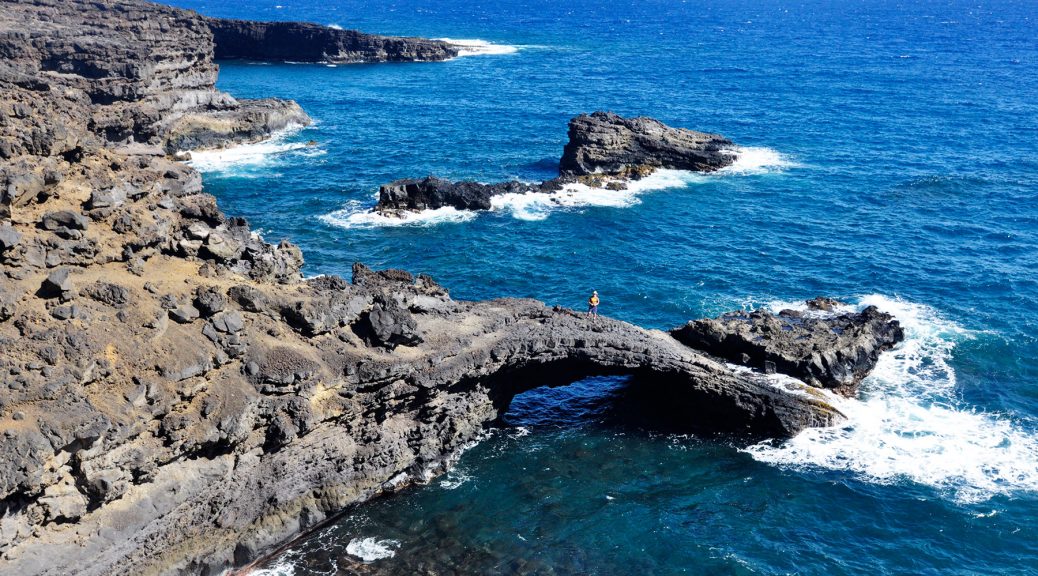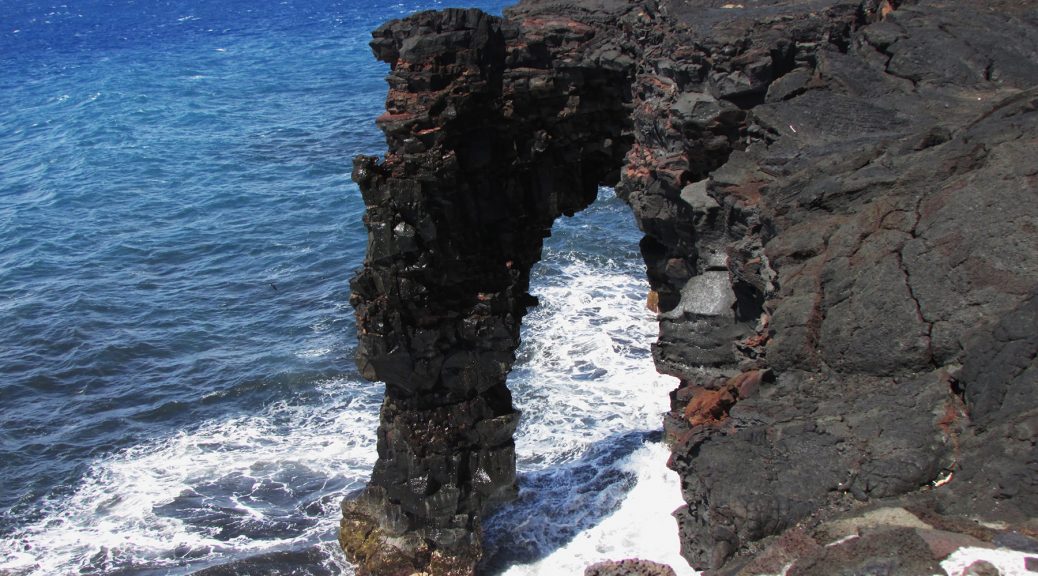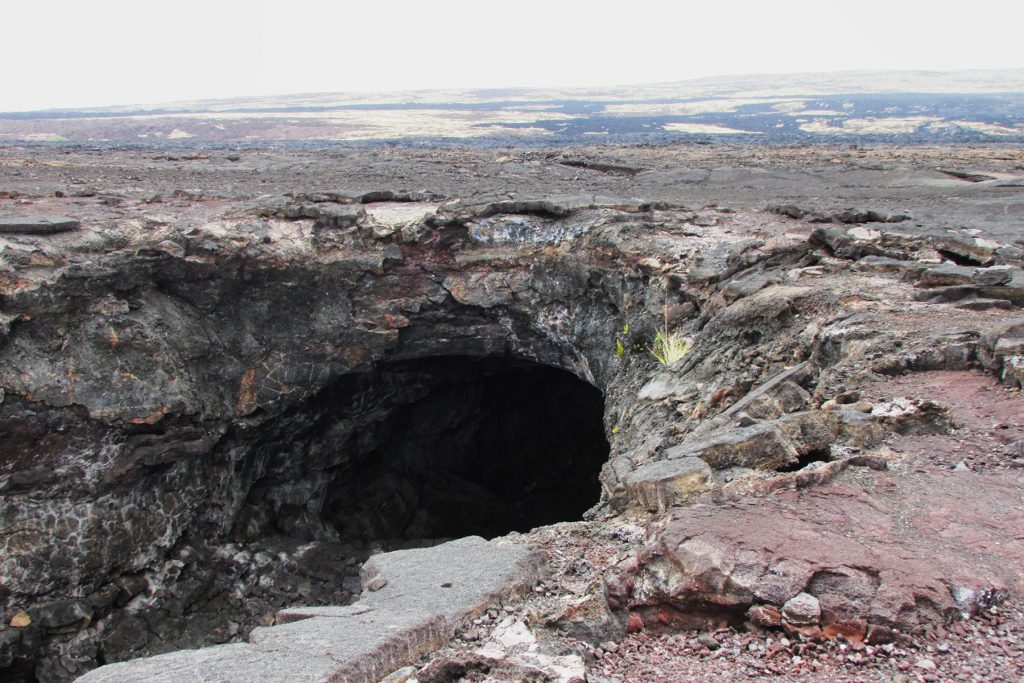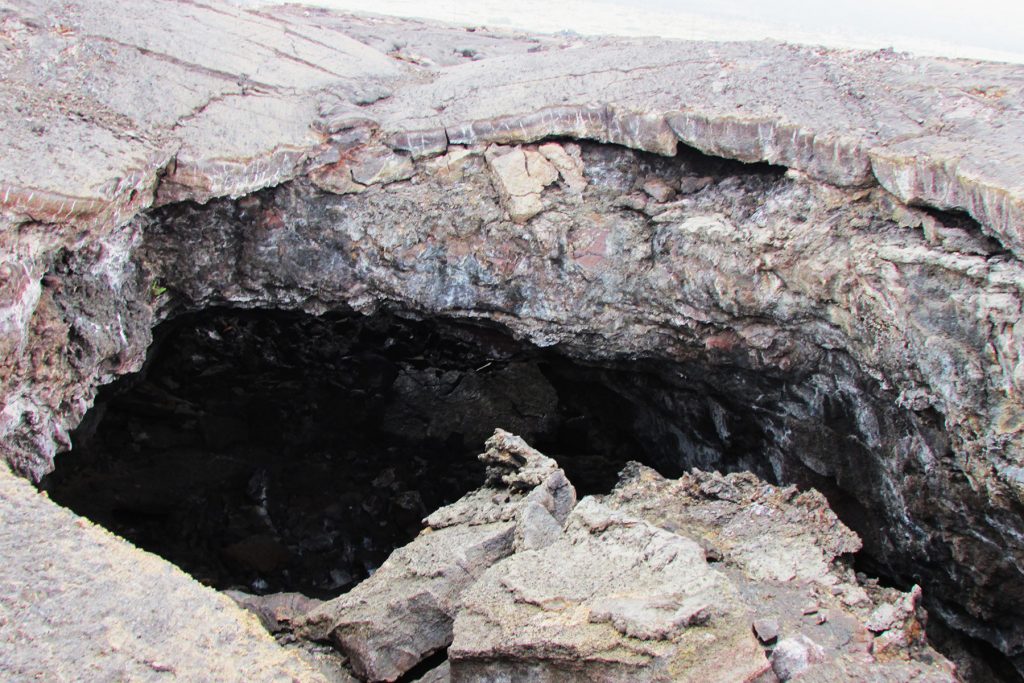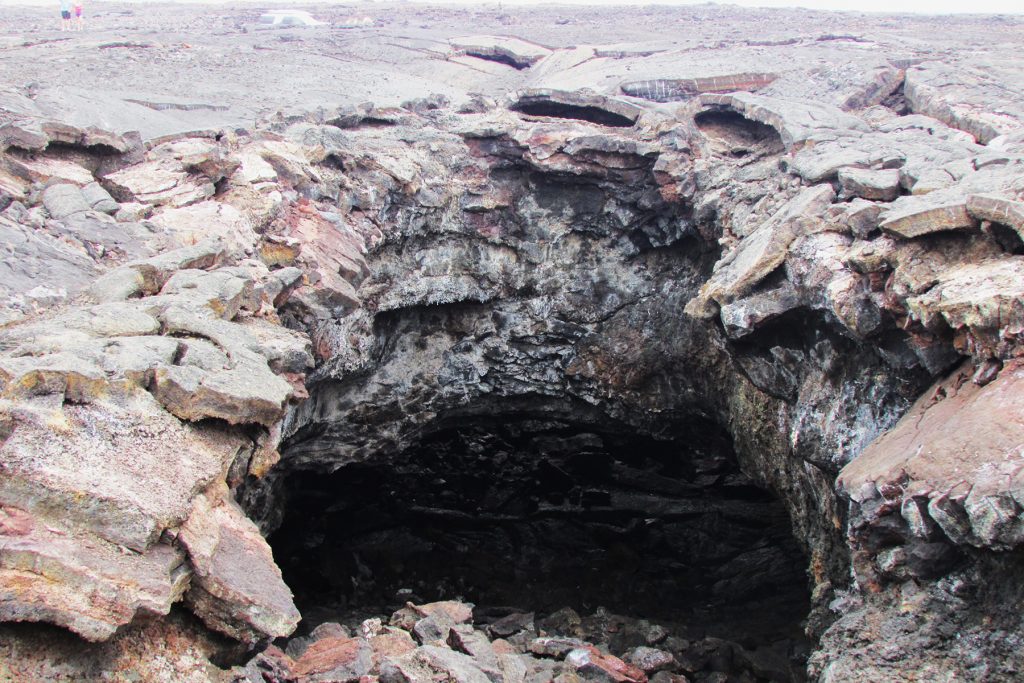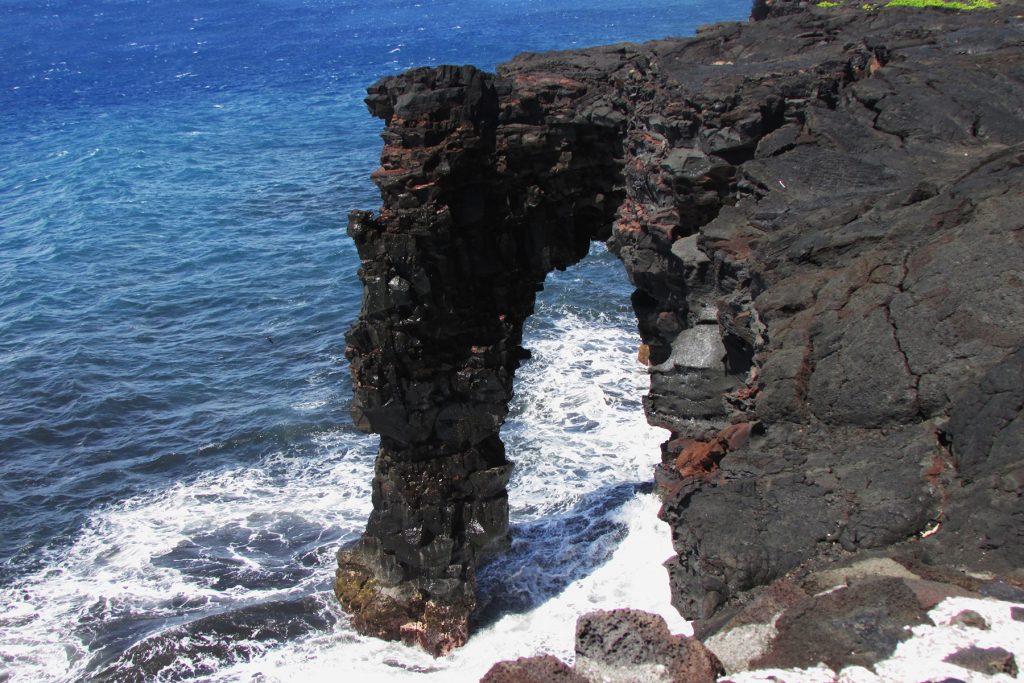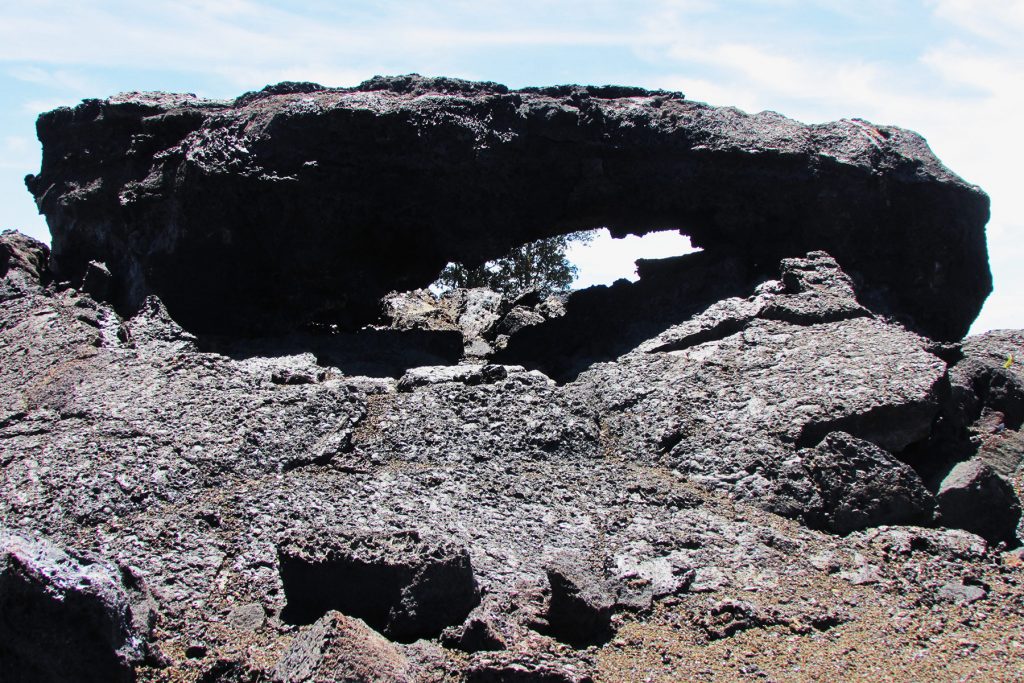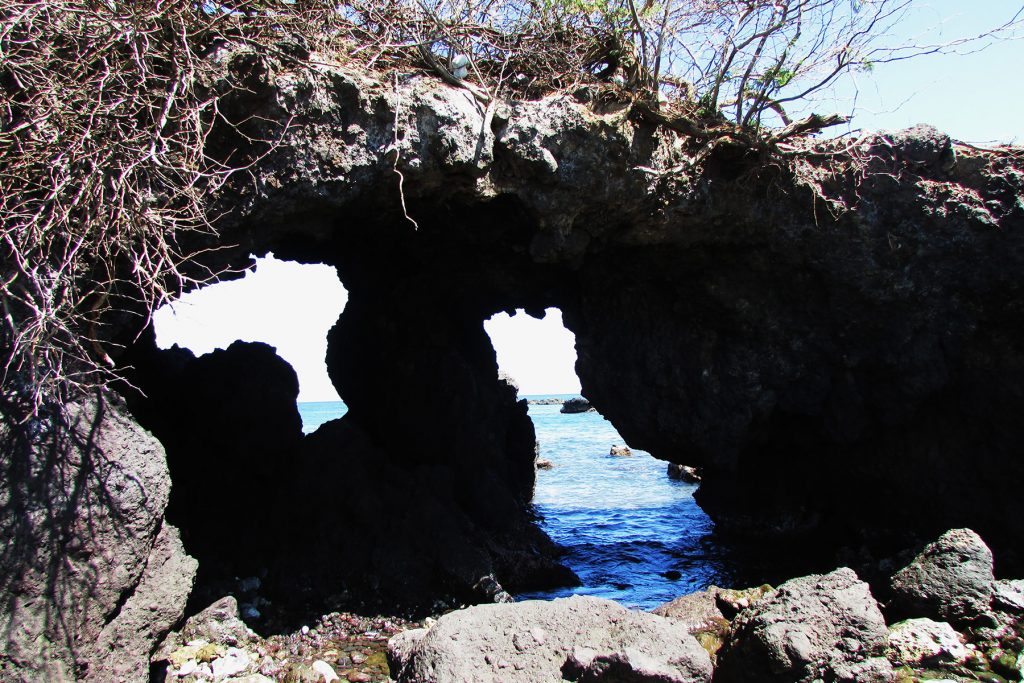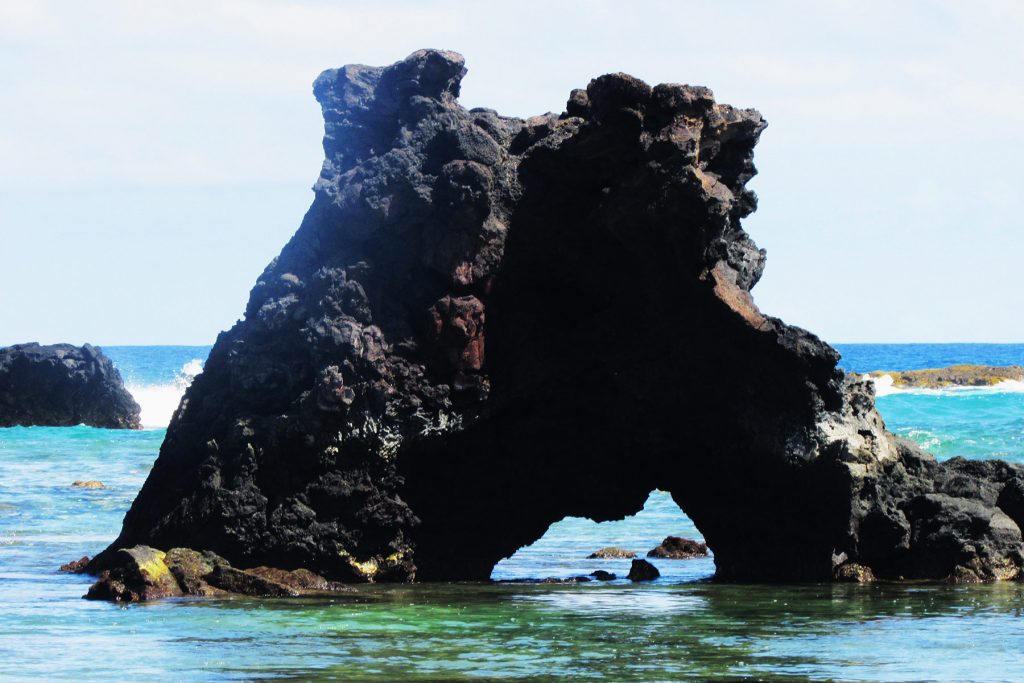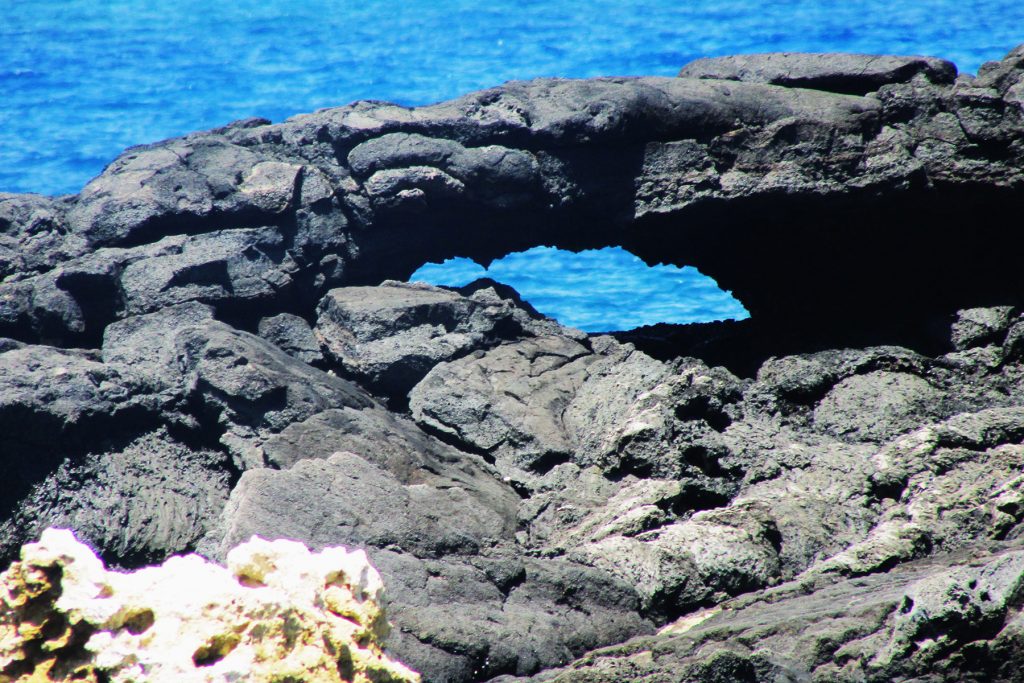The World Arch Database, commonly known as the “WAD” in arch hunting circles, has reached a significant milestone in its 20-year history: it now contains over 10,000 natural arches and bridges! The World Arch Database is an online subscription service and can be found at Arches.StoneCanyonAdventures.com.
“Many thanks to all the arch hunters out there who have sent me mass quantities of arch data and photos over the years. I certainly could not have created the WAD without their help. And thanks to NABS for their support and cooperation in this huge endeavor,” says Tom Van Bebber, the creator of the WAD.
10,000 arches sounds like a lot of arches to get one’s head around. However, the WAD is searchable in many different ways to help users know which arches they would like to visit, study or just enjoy exploring online. They can search the obvious parameters such as by country, state or local political subdivision (County, Province, District, etc.); they can refine their search to exclude arches that are not very photogenic; or they can search for arches of a certain size (span or height, what is called the Greater Arch Dimension or “GAD” in the WAD).
Sometimes users may be looking for an arch they have heard of, but perhaps they can’t remember the exact name. In this case they can find the arch by entering a portion of the arch’s name.
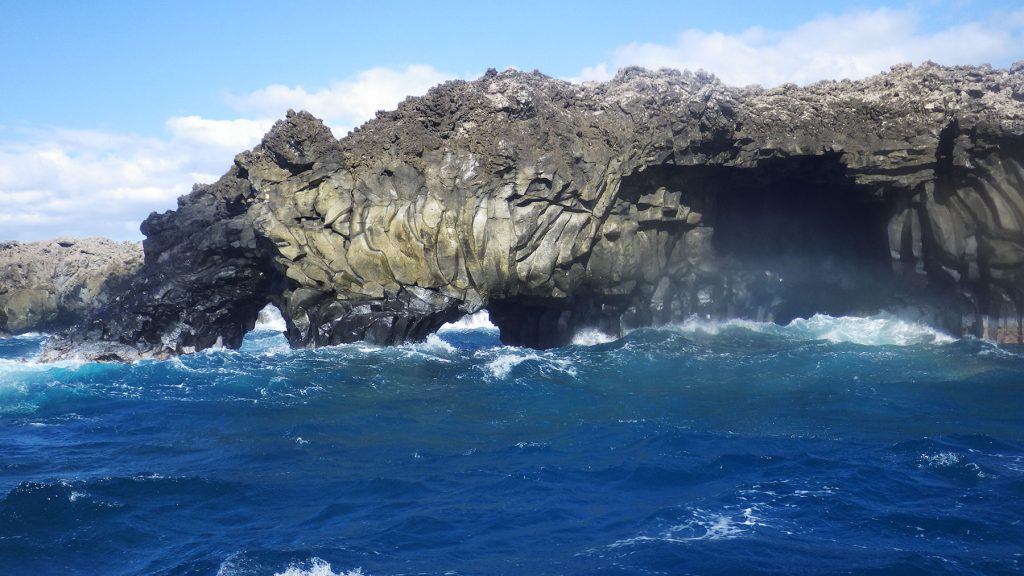
As is often the case, arch hunters want to know if they have found an arch which has not been previously documented. Outside of arch hunters’ heads, the WAD is the only place where they can access the arch information needed to make a definitive determination. The photos are a big help in this regard. The WAD is now able to accommodate up to 5 photos of each arch, which can provide different perspectives of arches that may look the same or very similar otherwise. Also, a new feature of the WAD provides Internet links to videos and other additional information for a given arch which can be helpful in its identification.
A WAD search for arches by location is another useful tool. There are two ways to do this: (1) by entering keywords from the desired or suspected location (such as “Paria Canyon” or “Lake Powell”), or (2) by searching using the WAD’s new proximity search feature, whereby one can choose a point on the Earth, then search for arches within “x” degrees latitude and longitude from that point.
The WAD is not a user defined data set; users cannot add or edit the data. All arch data submitted to the WAD goes through a rigorous editing and verification process so users can have a higher degree of trust in the information.
The WAD provides other interesting and useful information about arches: type of rock, directions to the arch, land ownership and more.
Tom says “by our calculations using total land mass of the Earth, the number of arches that can be expected to exist within a given area and other criteria, we fully expect the WAD will eventually contain over 20,000 entries.”
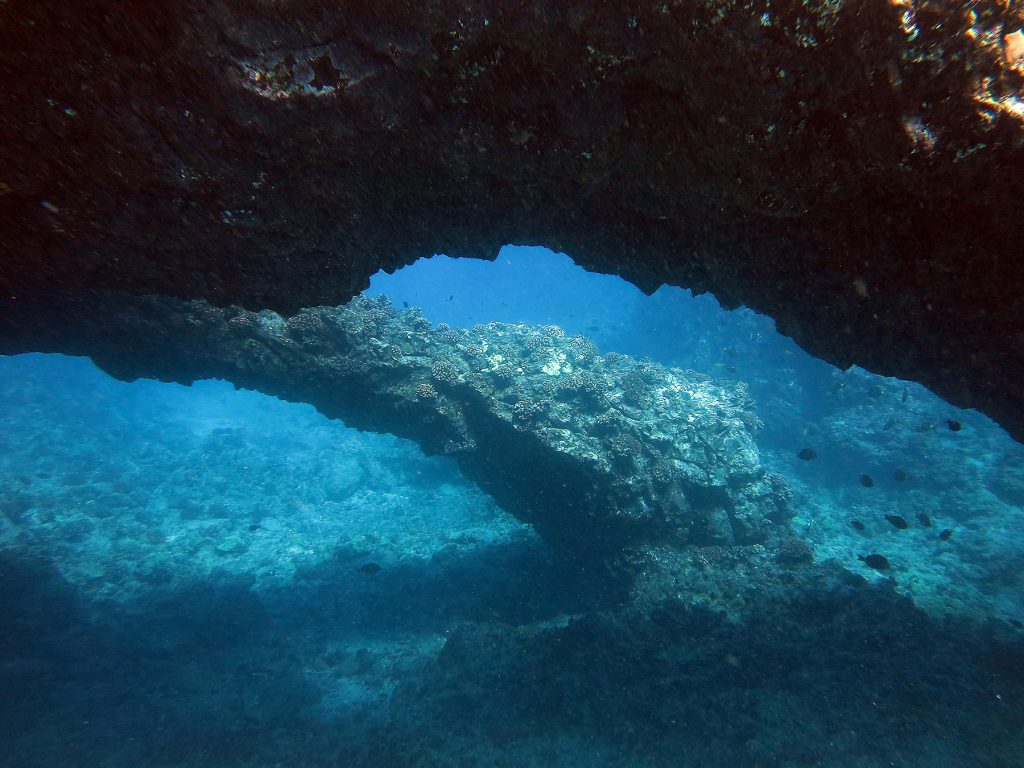
Here are a few fun facts compiled from the WAD on the date this was written. Since the WAD is in continuous flux, this data changes constantly.
- Worldwide Arch Count: 10,077
- Arches with Photographic Potential Rating (PPR) of 8 or greater: 917 (8.5% of worldwide count)
- Arches with Greater Arch Dimension (GAD) of 75 feet (23 meters) or more: 349 (3.2% of worldwide count)
- Country with the most documented arches: United States with 8591 (79.7% of worldwide count)
- US State with the most arches: Utah, with 4624 (53.8% of US count, or 42.9% of worldwide count)
- US State with the second most arches: New Mexico, with 768 (8.9% of US count)
- Country with the most arches outside the US: France, with over 1200 according to arch hunter Guilain Debossens
Note that the three Hawaiian arches in this article have not yet been added to the WAD, so there is more to come! All three arches are on Maui:
1. Big Kahuna Arch (photo by Cindy Bell)
2. Sea Dragon Arch (photo by Cindy Bell)
3. Golden Arches (photo by Blaze; yes, arches can be under water)
Notes from Natural Arch and Bridge Society Blog Administrator:
Please be aware that the World Arch Database is not a product of the Natural Arch and Bridge Society, although we do cooperate and share data with each other. NABS since inception in 1989 has had a goal of producing an electronic database of natural arches, but has never done so. That is because it is not easy! Tom Van Bebber, a former President of NABS, went ahead and did it on his own, hiring programmers and creating an online searchable database (the original set of data came from the late NABS member Chris Moore, who catalogued more arches than anyone else we know of). Although the WAD is a paid service, it does not make a profit and Tom could not even give it to NABS because we could not afford to run it in its current form.
The WAD shares some characteristics with all other arch catalogs ever created: they are all incomplete, have missing data, and have some incorrect data. As just one example, a recent search of the WAD turned up 12 hits, of which three did not have coordinates, three did not have any photo (and one of which had neither, which is particularly unhelpful).
However, the WAD remains the single largest and most useful arch catalog in existence, and Tom is to be congratulated on his achievement.

